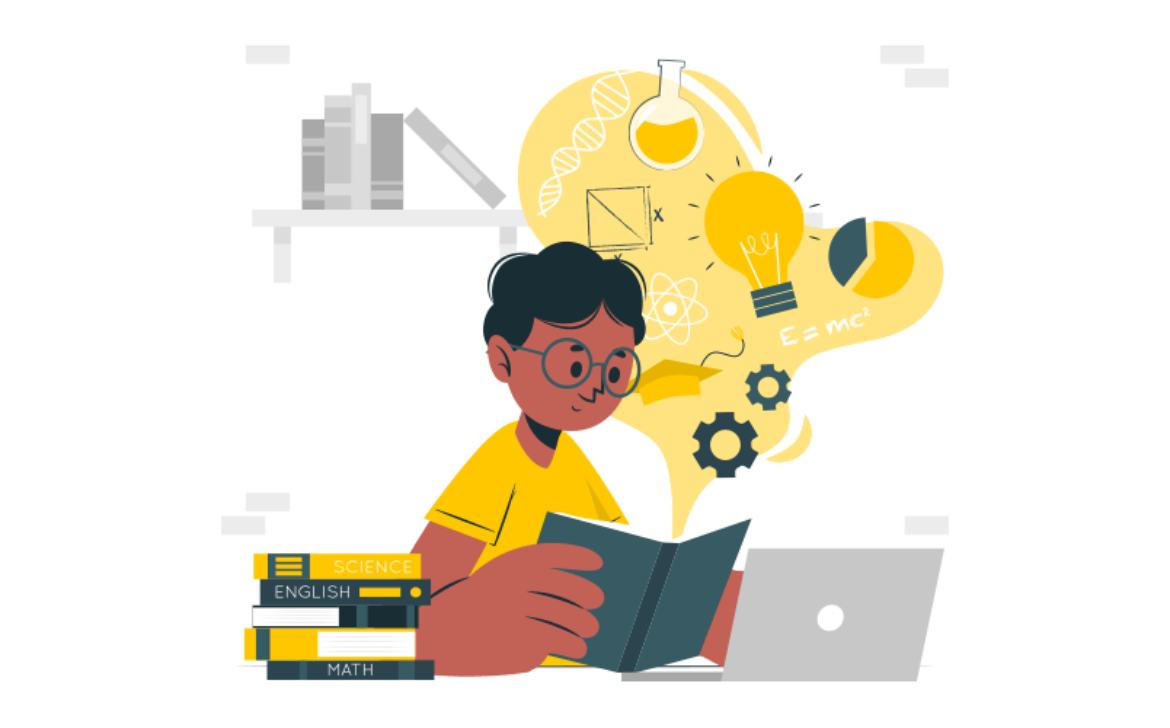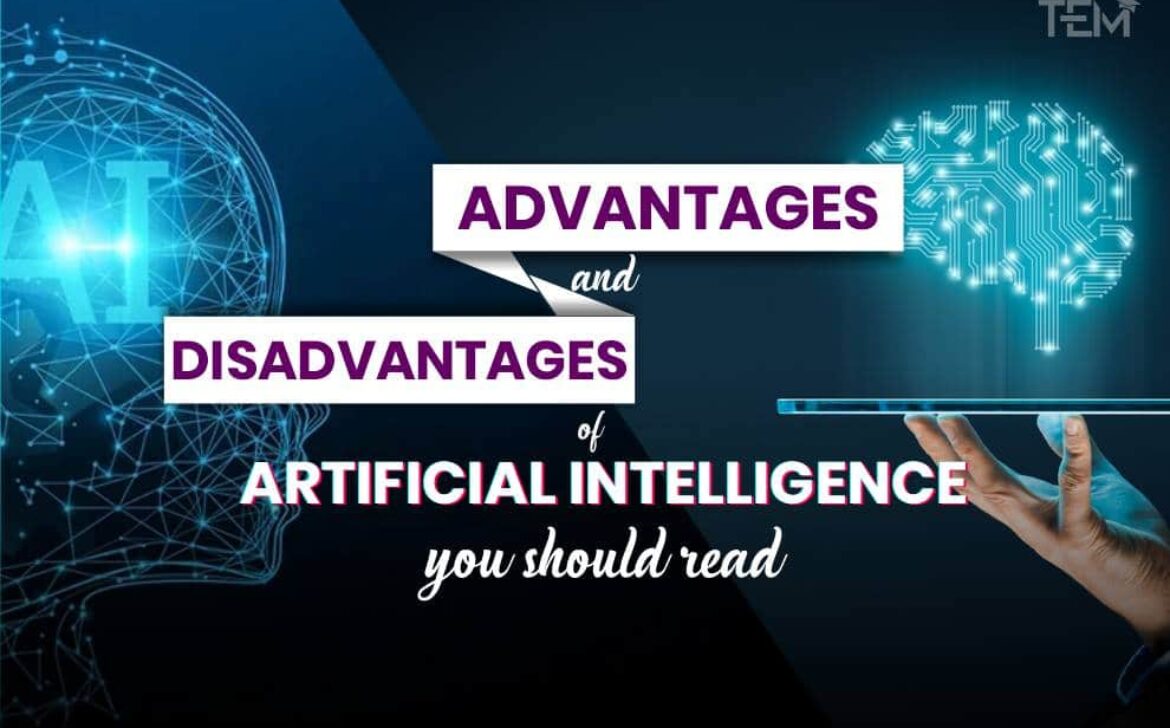Unveiling the Cosmic Frontier: How Space Technology and Exploration Expand Our Horizons
Introduction
Human curiosity has always been drawn to the vast expanse of space, a realm that holds countless mysteries waiting to be unraveled. In the present era, space technology and exploration have transcended the limits of imagination, propelling us further into the cosmic unknown than ever before. This blog delves into the captivating journey of how innovation in space technology is expanding our horizons, pushing the boundaries of cosmic discovery, and revolutionizing our understanding of the universe.
The Evolution of Space Technology:
The journey of space technology began with humble steps and has now culminated in breathtaking feats of engineering and exploration. From the launch of the first artificial satellite, Sputnik, to the inception of reusable rockets, we’ve witnessed a trajectory of progress that has revolutionized our ability to venture into the cosmos.
Advancements in Satellite Technology:
Satellites have transformed our world, enabling global communication, weather forecasting, navigation, and scientific research. Miniaturization, improved propulsion systems, and advanced sensors have made satellites more powerful and versatile, contributing to our understanding of Earth and space.
Human Spaceflight Achievements:
The era of human spaceflight has brought iconic moments, from Yuri Gagarin’s historic orbit to the assembly of the International Space Station (ISS). These endeavors have expanded our knowledge of human adaptation to space, laying the groundwork for future interplanetary missions.
Exploring the Solar System and Beyond:
In recent years, space probes and rovers have ventured to other celestial bodies, providing unprecedented insights. Missions like NASA’s Mars rovers and the Voyager spacecraft have transformed distant planets and their moons from points of light to worlds of exploration.
The Promise of Commercial Space Travel:
Private companies like SpaceX, Blue Origin, and Virgin Galactic are driving innovation in space technology with ambitious plans for commercial space travel. Reusable rockets and spacecraft are making access to space more cost-effective and sustainable.
Telescopes Beyond Earth’s Horizon:
Space-based observatories like the Hubble Space Telescope and the upcoming James Webb Space Telescope have transcended the constraints of Earth’s atmosphere, capturing breathtaking images and invaluable data that redefine our understanding of the cosmos.
The Quest for Extraterrestrial Life:
Space exploration is intertwined with the search for extraterrestrial life. Missions to icy moons like Europa and Enceladus are fueled by the tantalizing possibility of finding habitats beyond Earth that may harbor life.
Challenges and Future Frontiers:
While remarkable achievements have been made, space exploration is not without challenges. Astronaut health, long-duration missions, radiation, and the quest to reach Mars pose significant hurdles that demand innovative solutions.
Conclusion
As we gaze upward, space technology and exploration continue to kindle our imagination and drive human ingenuity. The relentless pursuit of cosmic knowledge, fueled by innovation, expands our horizons and fosters a deeper connection to the universe. With each launch, each mission, and each technological leap, we step closer to unraveling the mysteries of the cosmos, rewriting the story of our existence and the boundless potential that lies beyond Earth’s atmosphere.










